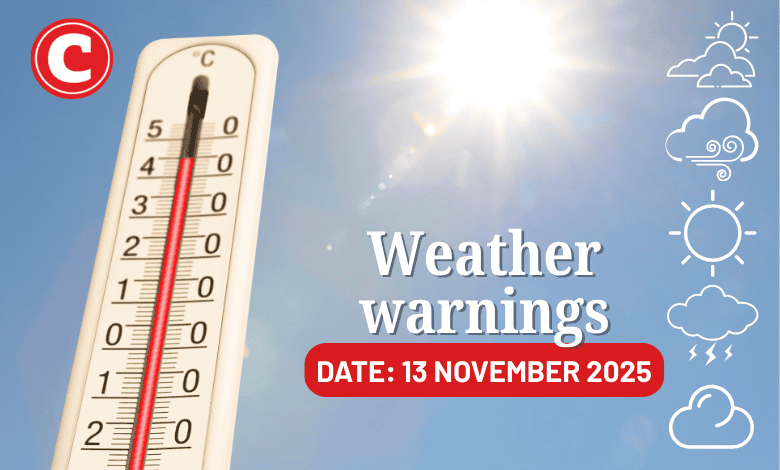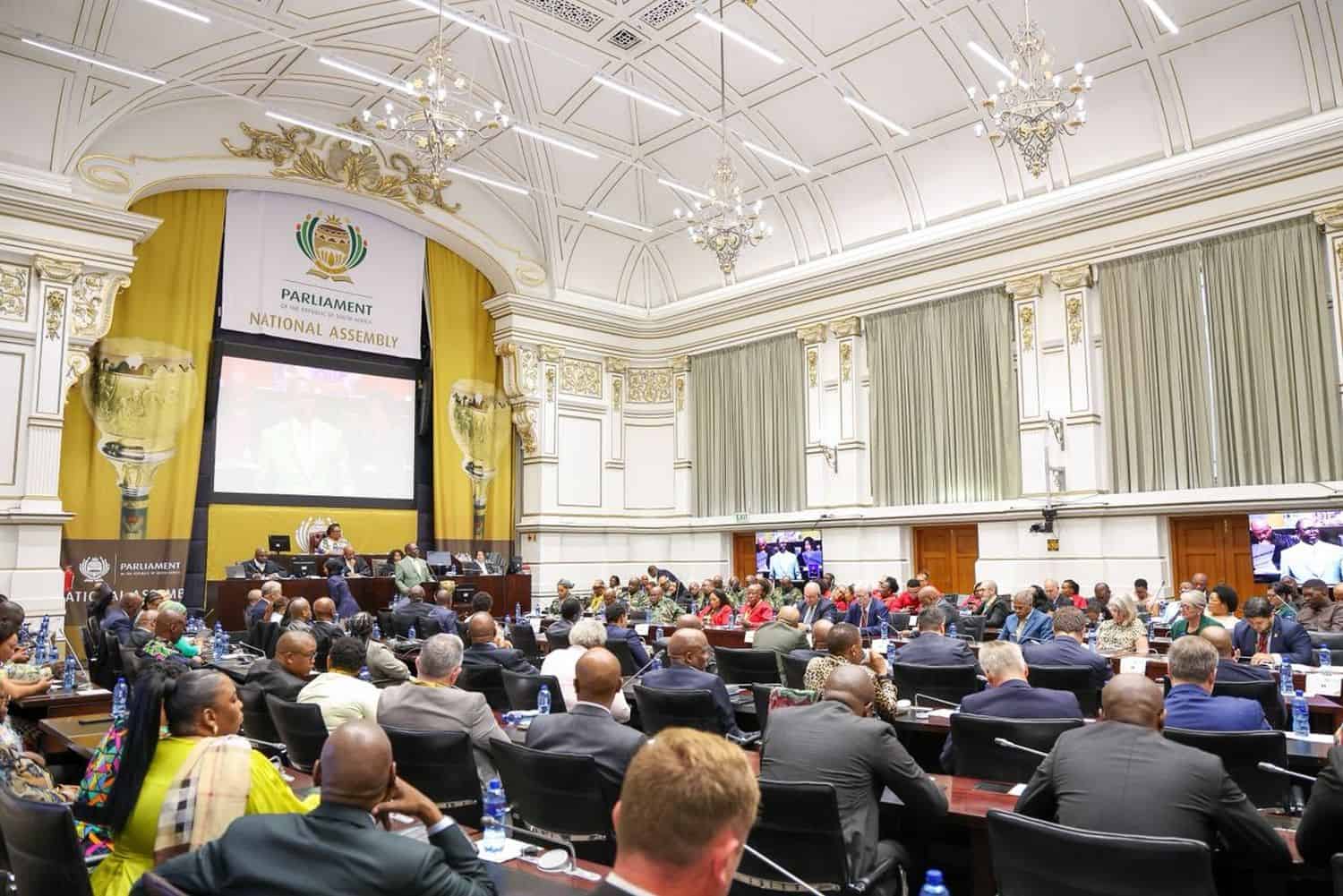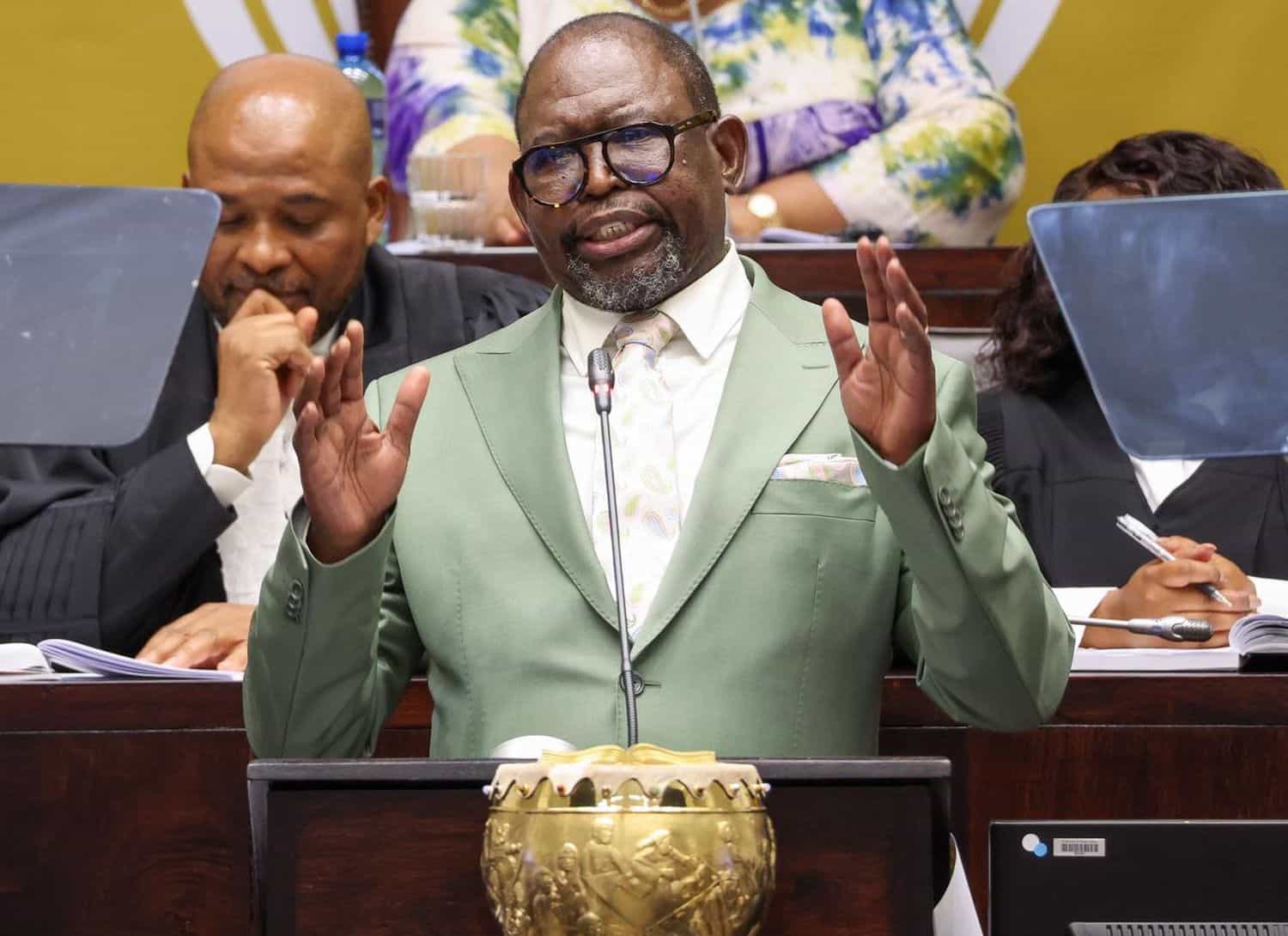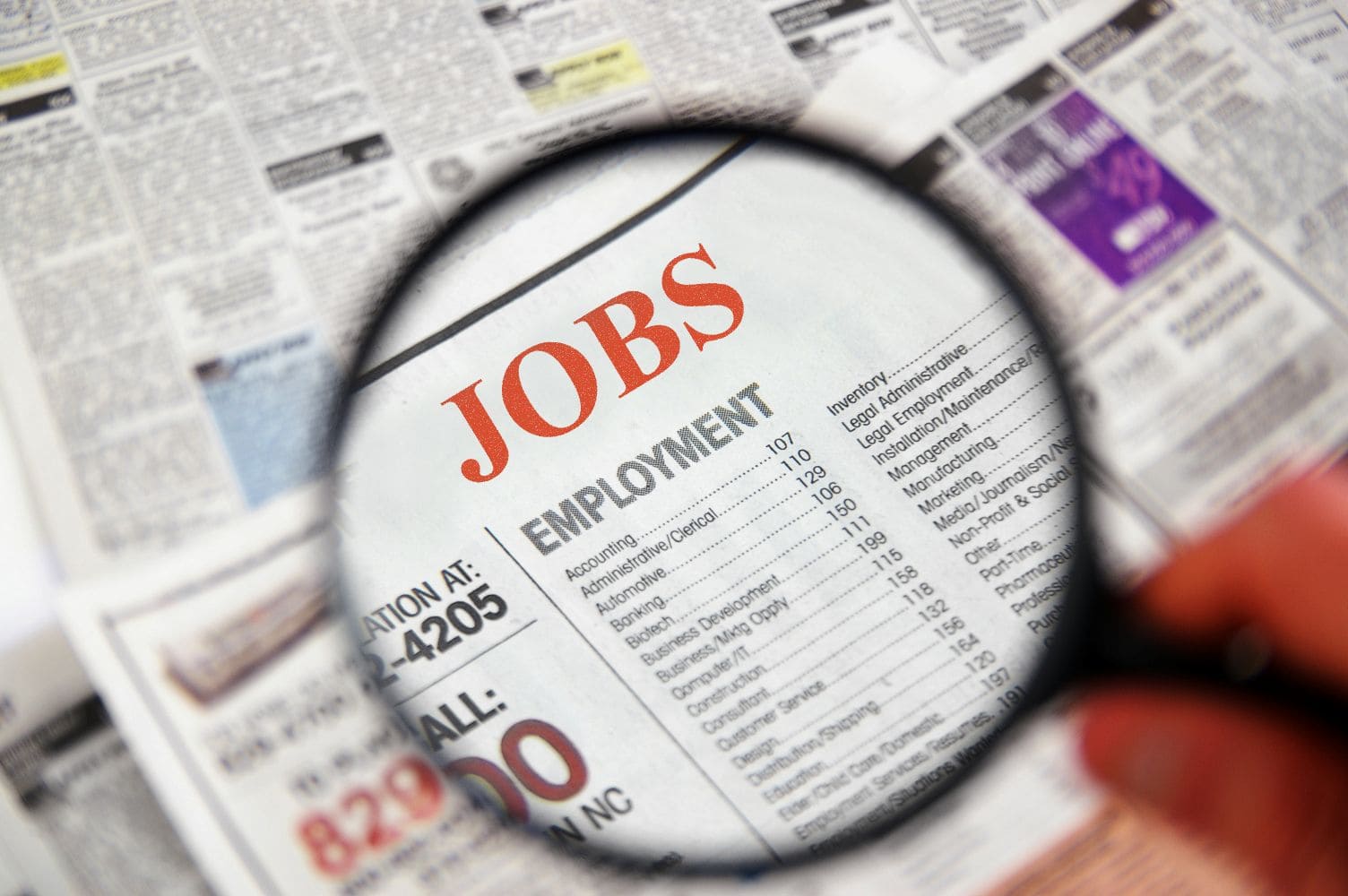Government spending to increase to R2.9 trillion – mostly on public services and benefits
Money allocated to provincial departments and municipalities will increase over the medium term.
Government’s consolidated spending is set to increase over the medium-term from R2.6 trillion this year to R2.9 trillion in 2028/29.
Finance Minister Enoch Godongwana said the increase is made with the commitment to support low-income and vulnerable households through education, health and social protection.
Consolidated spending is money used to run the country, and it is spent on grants, interest paid on debt, social benefits, compensation of employees, and goods and services.
Government increases spending to help people
Godongwana delivered the Medium-Term Budget Policy Statement (MTBPS) on Wednesday in Cape Town. He said most of the government’s spending over the next three years will go toward public services and benefits, such as education, healthcare and social grants.
“The lion’s share of consolidated non-interest spending, approximately 61% over the next three years, continues to fund the basket of government-provided services and benefits that reduce the cost of living for our citizens,” he said.
“This spending is our commitment to the redistribution of income and opportunities in favour of the most vulnerable households in society.”
Massive increase in government spending
According to Statistics South Africa’s (StatsSA), government’s spending on running the country has increased significantly. In the financial year 2014/2015, government spent R1.17 trillion, in 2022/2023 R2.04 trillion was spent, in 2025/2026 spending sat at R2.6 trillion and it is expected to be at R2.9 trillion in 2028/2029.
In most years, grants paid to other levels of government have been the biggest expense. For example, in 2022/2023, 55% of the money was spent on grants, amounting to R1.12 trillion – almost as much as the entire government spent on running the country in 2014/2015.
This is the money going to provincial governments, public institutions responsible for delivering services on behalf of the government (such as the Road Accident Fund), and then local government, which consists of municipalities.
ALSO READ: Calls to cut services to government departments that owe municipalities
Municipalities’ inability to spend properly
In the MTBPS, Godongwana acknowledged that municipalities remain the forefront of providing essential services to people. However, he is concerned about the inability of municipalities to use the money allocated to them to deliver these services.
“However, many are fraught with capacity constraints that hinder their ability to turn allocated budgets into reliable services,” he said. “It is for these reasons that several reforms have been introduced to urgently remedy this untenable situation.”
One of the biggest issues facing municipalities in the country is to provide uninterrupted and clean water. Godongwana said a utility reform programme has been established to address this, as well as electricity supply, in Mpumalanga.
“We are piloting a utility reform programme to stabilise and professionalise water and electricity businesses in a few municipalities in Mpumalanga.”
Allocation of money between provinces and municipalities
He said the money allocated to provincial departments and municipalities will increase over the medium term. “The share of nationally raised revenue for provinces and municipalities will, respectively, increase to 42.4% and 9.7% over the medium term.”
Godongwana said the increase in the allocation will cater for changes in population growth and to compensate municipalities for increases in bulk service charges related to free basic services.
In addition, the allocation will also ensure the placement of local government operating capacity on a firm footing.
ALSO READ: Prisoners and ghosts claim overtime: meet SA’s worst-run province
Municipal Infrastructure Grant
Another issue that most municipalities face is underspending their budget and having to give it back to Treasury at the end of the financial year. For this reason, Godongwana said Treasury is looking at changing the Municipal Infrastructure Grant (MIG).
The MIG is money that the national government gives to municipalities to help them build and maintain basic infrastructure.
“To address persistent underspending and capacity constraints at the local level, we are reforming the MIG,” he said.
“Where municipalities show persistent failure, delivery will shift to an indirect model through agencies like MISA and DBSA, coupled with time-bound capability plans aimed at restoring direct funding.”
Metros get more money
He said Treasury is seeing encouraging progress in metro trading services reform, therefore, more money will be reallocated to this reform.
Metro trading services reform is the model of reforming metro utilities so each service, such as water, electricity and waste, runs like a business, improves infrastructure and management, and receives grants only if it meets targets.
“Over the 2026 Budget, R19.3 billion has been reallocated towards this reform in line with council-approved improvement plans,” said Godongwana.
This will only apply to the eight metros in the country: City of Johannesburg, City of Tshwane, Ekurhuleni, eThekwini, Nelson Mandela Bay, Buffalo City, Mangaung and City of Cape Town.
“Financial sustainability is improving through better billing, tighter credit control, cost-reflective tariffs with indigent protection, and co-funding crowding-in concessional and commercial finance.”
NOW READ: Clean water, clean public spaces: This is SA’s favourite metro










